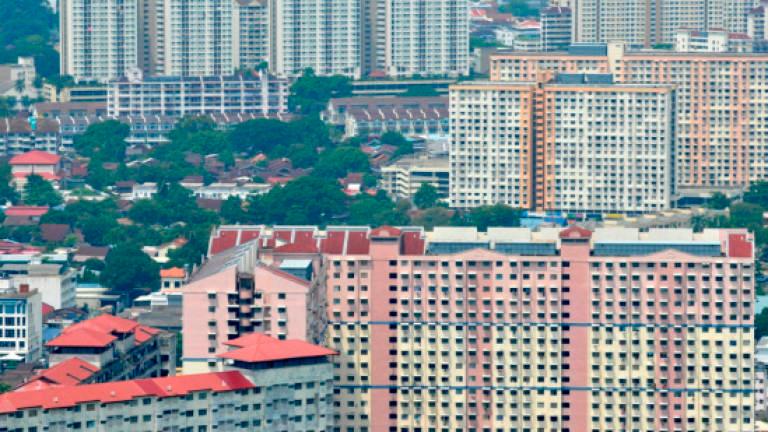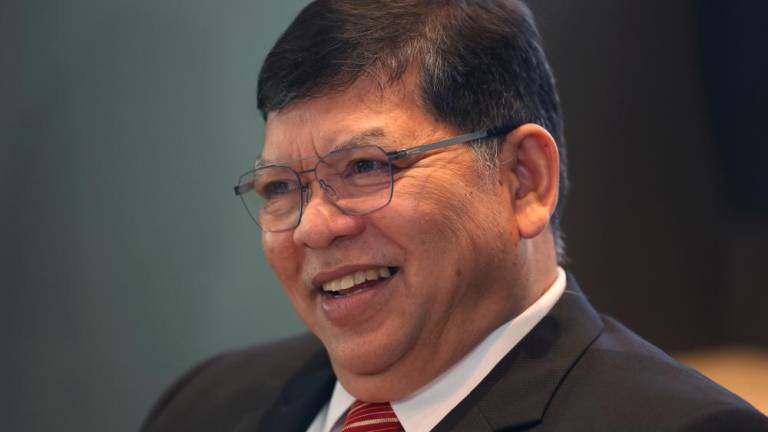PETALING JAYA: For the urban poor, acquiring an affordable home is next to impossible, even if they have the money. The demand has gone through the roof, so to speak.
Available data shows that for every 93 persons among the urban poor who can scrape enough money together to buy a house, there is only one such house available to them.
In Malaysia, a house priced at RM200,000 and below is categorised as “affordable”. An analysis, based on available data, shows that in urban centres, only about 40,000 homes fall into that category.
On the other hand, again based on available statistics, for more than 3.75 million Malaysian urbanites, that is all they can afford.
Urban poverty remains a big issue in Malaysia. Data from the Department of Statistics Malaysia shows that as of the end of 2019, a total of 405,441 households were still living below the poverty line.
Analyst Jason Loh Seong Wei described the situation as “dire”, particularly in the Klang Valley, despite the high concentration of cheaper People’s Housing Project flats, either rented out or sold under a “rent-to-own” concept.
Loh, who heads the social, law and human rights unit at think-tank Emir Research, said the country cannot rely entirely on the private sector to build affordable homes.
The general consensus among property developers is that building only affordable homes is not a viable business, particularly in urban centres where land costs are exceedingly high.
Loh said the government must intervene directly and decisively to make affordable housing available on a large scale.
He proposed that an affordable housing authority be set up under the jurisdiction of the Housing and Local Government Ministry to focus on providing affordable homes to the urban poor.
He said a proposal by the Real Estate and Housing Developers Association to get property players to chip in through a special industry contribution to make houses available for rent to those in the B40 group could be considered.
To encourage home ownership, Loh said the government could offer subsidies to get developers to participate in joint-development projects that would include affordable homes.
“At the end of the day, the government must bear the burden. Making developers include affordable homes in their projects without cross-subsidies will only lead to higher property prices in other categories,” he said.
Obtaining loans is another issue. Universiti Utara Malaysia lecturer Dr Nor Suzylah Sohaimi said almost 80% of applications for home loans are rejected because the price of the property is more than three times the annual income of the applicant.
The average monthly income of those in the B40 group range from RM1,929 to RM4,387, making it quite impossible, even for those earning above RM4,000, to afford a house.
To address the problem, Nor Suzylah said the criteria for minimum income should be reviewed and a mechanism be devised to determine a standard income by distinguishing sectors, professions and education levels.
“The price of a house and the cost of living are key determinants in affordability. Therefore, it is vital to develop a standard income for specific groups to ensure that no one is underpaid,” she said.
The minimum income of RM1,200 is not applicable for all levels of employees, she added.
Suzylah also pointed out that there are those who work in the informal sectors, so they do not have salary slips or other relevant documents that can be used to support any application for home loans.
“The government and financial institutions should consider a mechanism to help people in this vulnerable group,” she added.














